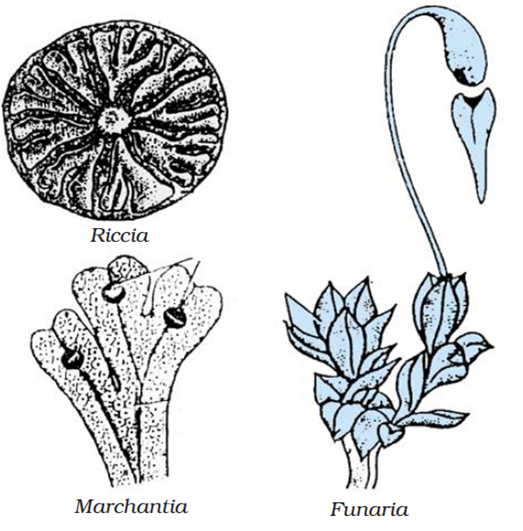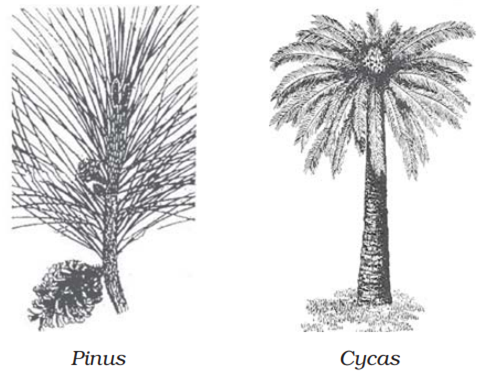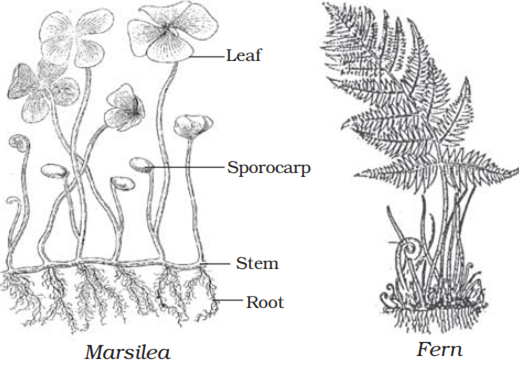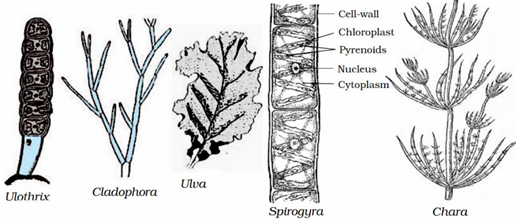CBSE
Class 10 Class 12
The Plant Kingdom can be further classified into five divisions. Their key characteristics are given below:
The seeds are covered. The word ‘angios’ means covered. There is great diversity in species of angiosperm. Angiosperms are also known as flowering plants because the flower is a specialized
organ meant for reproduction. Angiosperms are further divided into two groups, viz. monocotyledonous and dicotyledonous.
The plant body is differentiated into stem and leaf-like structure. The vascular system is absent, which means there is no specialized tissue for transportation of water, minerals and food. Bryophytes are also known as the amphibians of the plant kingdom because they need water to complete a part of their life cycle. Examples: Moss, Marchantia.

They bear seeds. Seeds are naked, i.e. are not covered. The word ‘gymnos’ means naked and ‘sperma’ means seed. They are perennial plants. Examples: Pine, cycas, deodar, etc.

Plant body is differentiated into root, stem and leaf. The vascular system is present. They do not bear seeds and hence are called cryptogams. Plants of rest of the divisions bear seeds and hence are called phanerogams. Examples: Marsilear, ferns, horse tails, etc.

The plant body is simple thallus type. The plant body is not differentiated into root, stem and leaves. They are commonly known as algae. Examples: Spirogyra, chara, Volvox, ulothtrix, etc.
